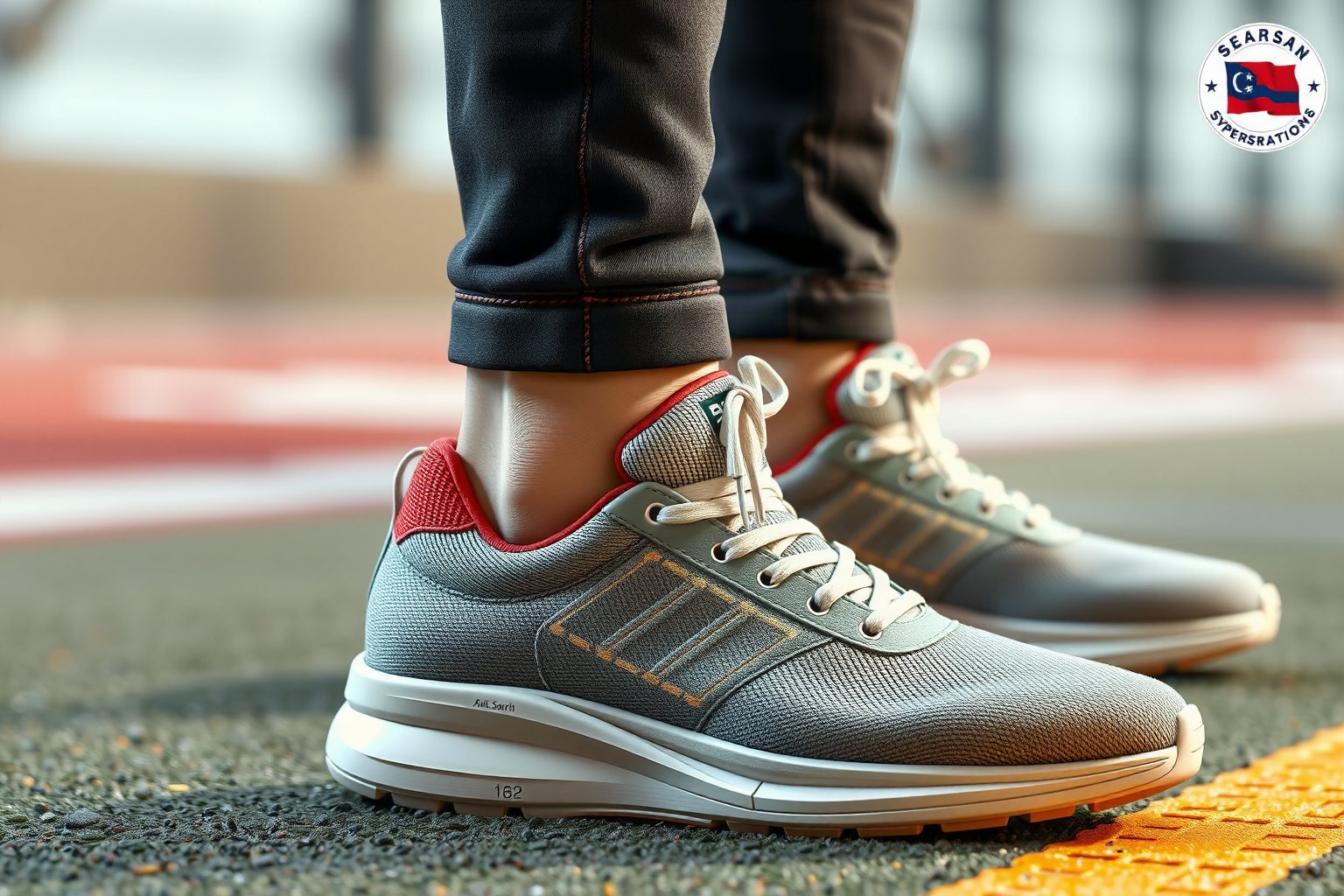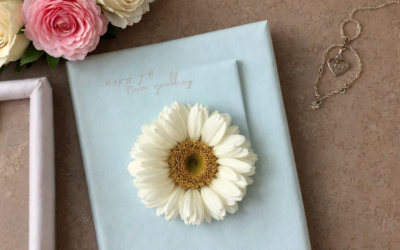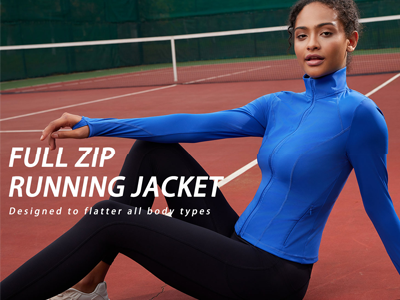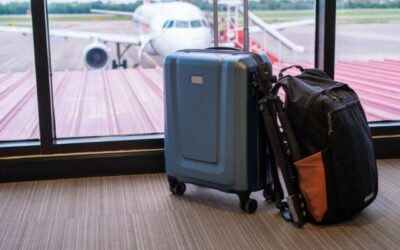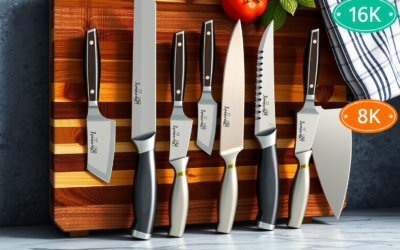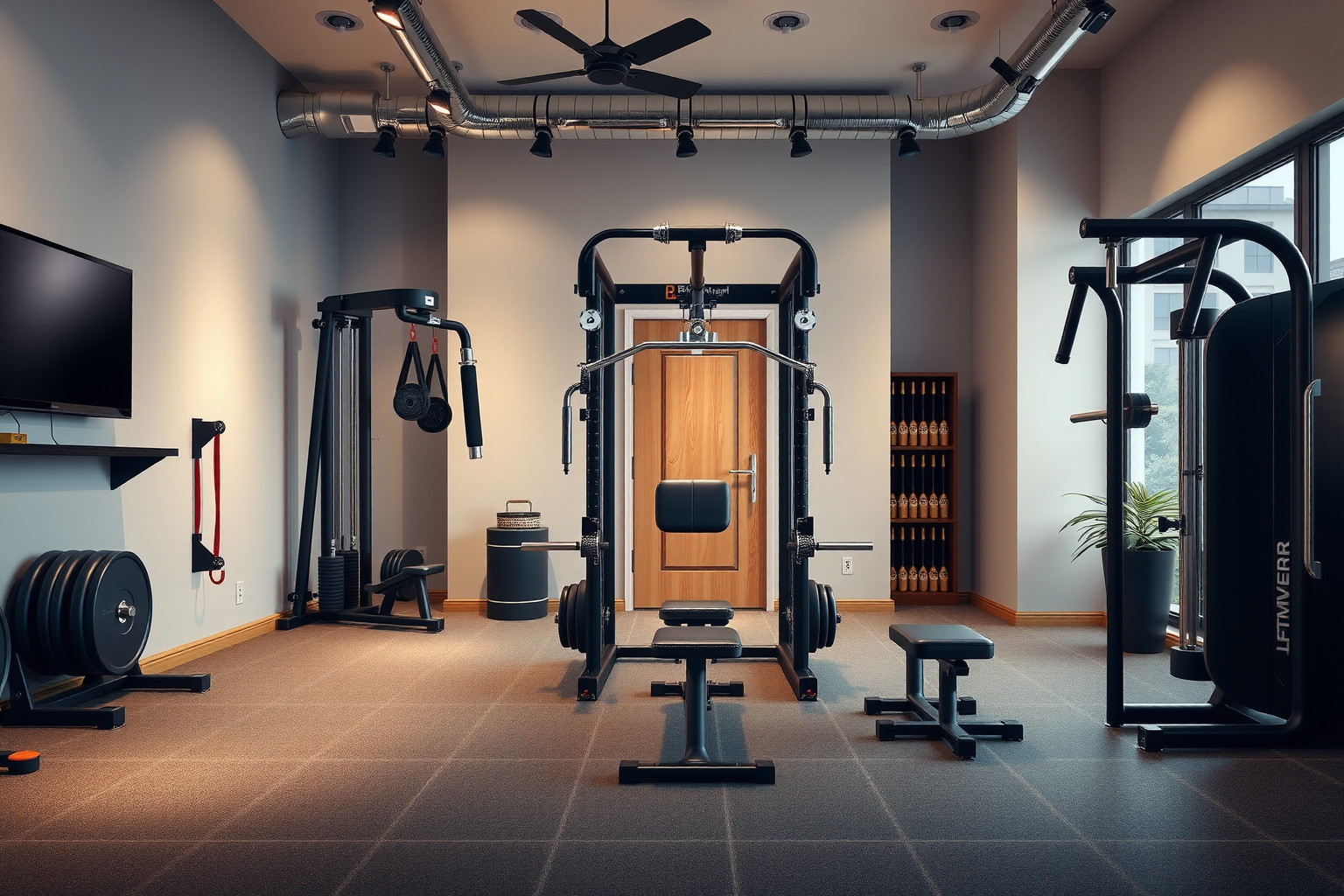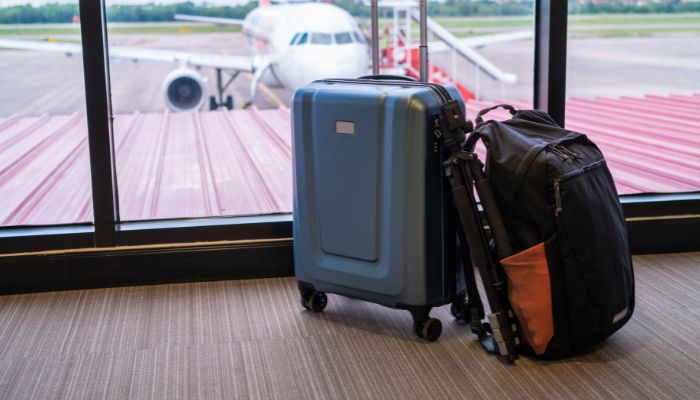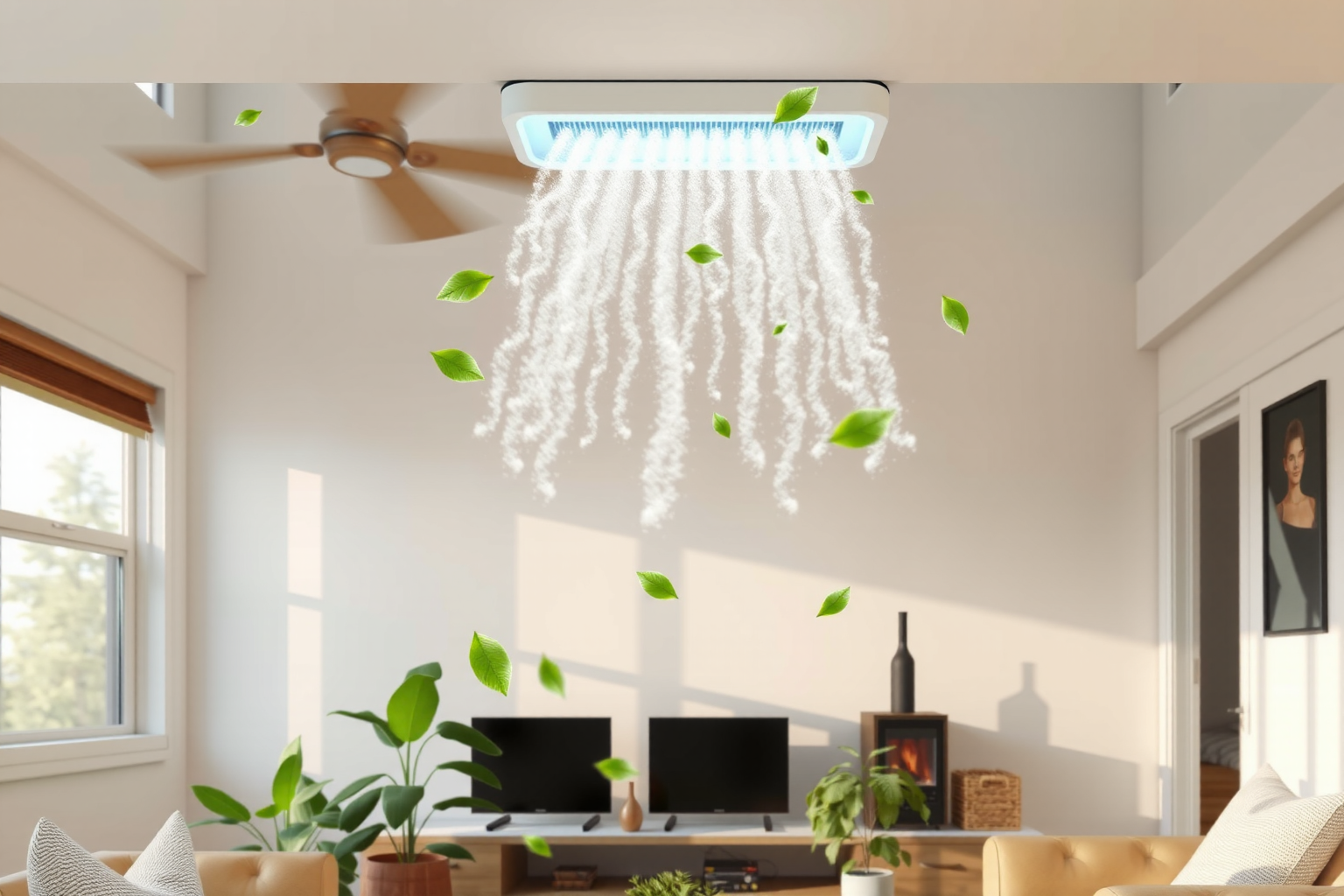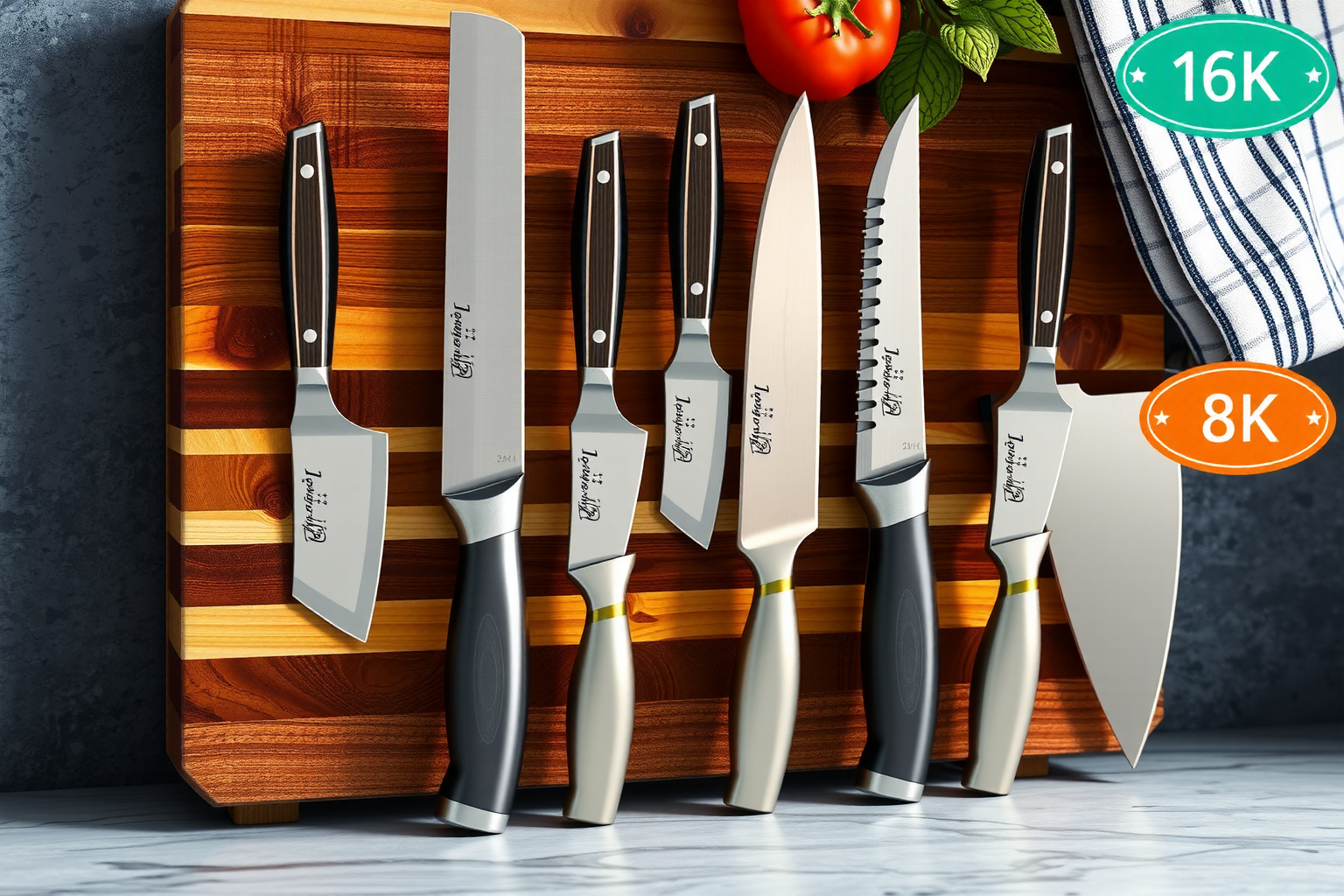In recent years, there has been an increase in the demand for sneakers from consumers. People want a reliable pair of sneakers that are comfortable, fashionable, and have a good fit. With so many options available, buying the perfect pair of sneakers can be difficult. This Guide to Choosing Sneakers will provide helpful information for evaluating a sneaker’s style, performance, and value.
Decide What You Need Them For
The first step in finding the perfect pair of sneakers is to determine their main purpose. Will you be using them for serious exercise, or will they be a part of your everyday wardrobe?
If you plan on using your sneakers for exercise, you’ll need to prioritize factors like support, ventilation, and durability. Think about pounding the pavement or hitting the gym—your sneakers need to keep up. If you’re looking for sneakers to complement your outfits, you’ll want to focus on style, comfort, and breathability. Knowing the “why” behind your purchase sets the stage for everything else.
Find a Style That Suits You
Sneakers come in a wide variety of styles, from classic to contemporary. You’ll want to choose a style that best suits your personal taste and the purpose of your sneakers.
When shopping, take the time to explore the different options available, such as low-tops, high-tops, and slip-ons. Low-tops offer a sleek, casual vibe, while high-tops bring a bold, retro edge. Slip-ons? They’re all about effortless cool.
It’s also important to consider the color and overall look of the sneakers. Do you want your sneakers to stand out or blend in? Opting for neutral colors like white, black, or gray is a safe choice, as they are easy to style. On the other hand, colorful sneakers can add character to your outfits and make them more interesting. Picture this: a bright red pair turning heads at the coffee shop, or a subtle gray set quietly tying your look together. Your sneakers, your rules.
Evaluate the Performance Features
Whether you intend to use the sneakers for sports or not, it is important to consider their performance features. Some of the most common features to look for are cushioning, stability, and traction. Look for sneakers that have a comfortable insole with good shock absorption, as this will have an impact on your comfort and performance.
A cushioned midsole can feel like walking on clouds, especially after hours on your feet. Make sure the sneakers provide good stability for your feet—nobody wants a wobbly step mid-stride. Finally, check that the outsole has a solid grip to prevent slipping, whether you’re dodging puddles or sprinting to a meeting.
Check for Fit and Comfort
Before making a purchase, it is essential to check the fit and comfort of the sneakers. Make sure your toes have enough room to wiggle without being too tight.
Also, pay attention to the length and width of the sneakers. Take a walk around the store to ensure that the sneakers are comfortable. Feel any pinching? Keep looking.
If you intend to wear the sneakers for an extended period, it’s a good idea to look for features like breathable materials and cushioned insoles. Imagine a long day out—breathable mesh keeps your feet cool, while padding saves your soles. Remember that the perfect fit for one brand may not be the same for another, so don’t hesitate to try on different sneakers.
Consider the Price and Quality
Lastly, consider the price and quality of the high-quality sneakers. You’ll want to purchase a pair that offers good value for money. Look for a balance between price and quality to ensure you get the most for your budget.
Be sure to look for a brand with a good reputation for providing quality products—think of it as investing in reliability. Additionally, don’t underestimate the importance of reading customer reviews to get an idea of what to expect from a particular pair of sneakers. A $50 pair that falls apart in a month isn’t a deal; a $100 pair that lasts a year is.
Bonus: Sneaker Care Tips to Keep Them Fresh
You’ve snagged the perfect pair—now what? Keeping them in top shape extends their life and keeps heads turning. First, clean them regularly. A damp cloth and mild soap tackle dirt on most materials; a quick brush works for outsoles. Avoid the washing machine—it can warp the shape or ruin glue.
Second, store them smartly. Stuff them with tissue paper to hold their form, and keep them in a cool, dry spot—damp basements breed funky smells. Third, rotate your pairs. Wearing the same sneakers daily wears them out faster; give them a breather.
Finally, protect them. A waterproof spray shields against rain and stains, especially for light colors. Fun fact: Sneakerheads swear by baking soda to zap odors—just sprinkle some in overnight and shake it out. With a little TLC, your kicks stay crisp, making every step feel like the first.
Conclusion
Choosing the perfect pair of sneakers can be daunting, but with the right information, it can be a fun and rewarding experience. Make sure to consider the purpose of the sneakers, the style, performance features, fit and comfort, and the price and quality before making a purchase.
With these tips, you’ll be able to find the perfect pair of sneakers that meets your needs and style. Step into your next adventure with confidence!
FAQs About Choosing Sneakers
Running sneakers prioritize support, cushioning, and durability for high-impact activities, while casual sneakers focus on style and everyday comfort. If you’re jogging, go for the former; if you’re strolling, the latter works fine.
It depends on use. For exercise, swap them out every 300-500 miles or 6-12 months—whichever comes first. For casual wear, replace them when they start looking worn or feel less comfy, usually every year or two.
Not always! Price doesn’t guarantee quality. Some mid-range options offer the same durability and comfort as pricier pairs. Focus on features and reviews, not just the tag.
Yes, if styled right! Low-top, neutral-colored sneakers can pair with tailored pants or a blazer for a smart-casual vibe. It’s all about balance—don’t overdo the flash.
Your toes should have wiggle room, your heel shouldn’t slip, and there should be about a thumb’s width of space at the front. Walk around—if it pinches or rubs, it’s a no-go.

